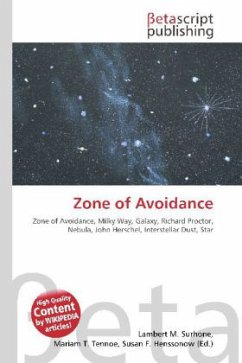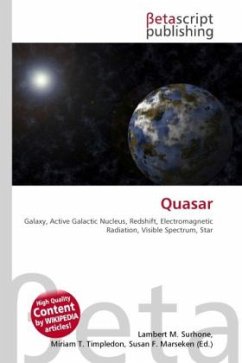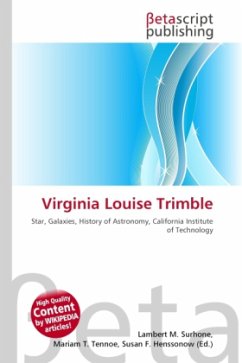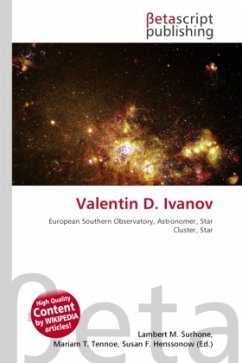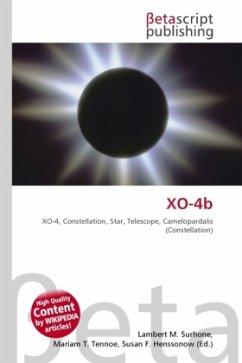Please note that the content of this book primarily consists of articles available from Wikipedia or other free sources online. The Zone of Avoidance (ZOA) is the area of the night sky that is obscured by our own galaxy, the Milky Way.The ZOA was originally called the "Zone of Few Nebulae" in an 1878 paper by English astronomer Richard Proctor that referred to the distribution of "nebulae" in Sir John Herschel''s General Catalogue of Nebulae.Interstellar dust and stars in the plane of the Milky Way (the galactic plane) obstruct our view of around 20% of the extragalactic sky at visible wavelengths. As a result, optical galaxy catalogues are usually very incomplete close to the galactic plane.In more recent years, many projects have attempted to bridge the gap in our knowledge caused by the Zone of Avoidance. The dust and gas in the Milky Way cause extinction at optical wavelengths, and foreground stars can be confused with background galaxies. However, the effect of extinction drops at longer wavelengths, such as the infrared, and the Milky Way is effectively transparent at radio wavelengths. Surveys in the infrared, such as IRAS and 2MASS, have given us a more complete picture of the extragalactic sky.
Bitte wählen Sie Ihr Anliegen aus.
Rechnungen
Retourenschein anfordern
Bestellstatus
Storno

